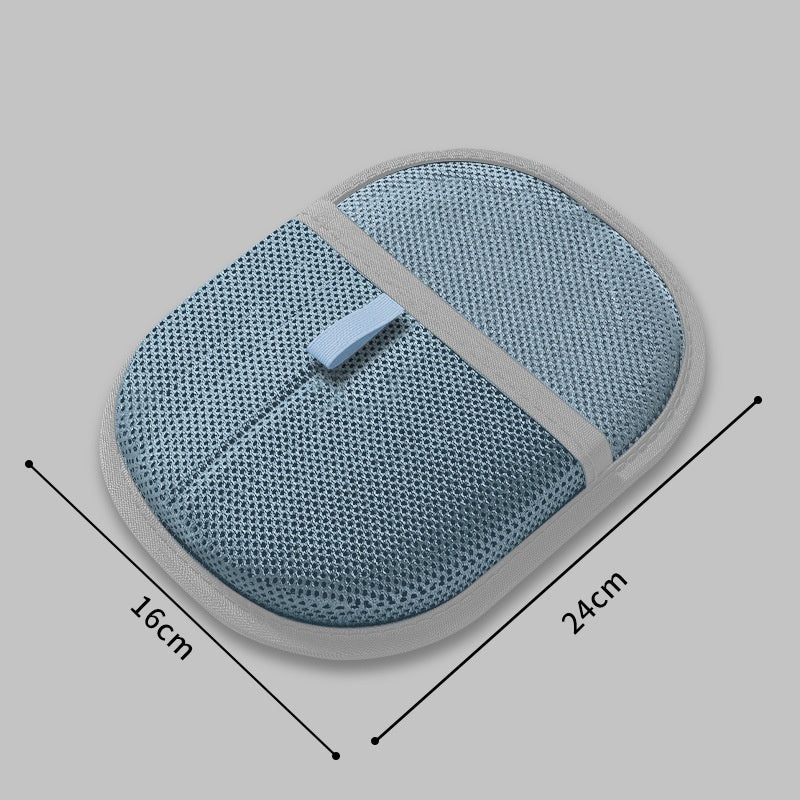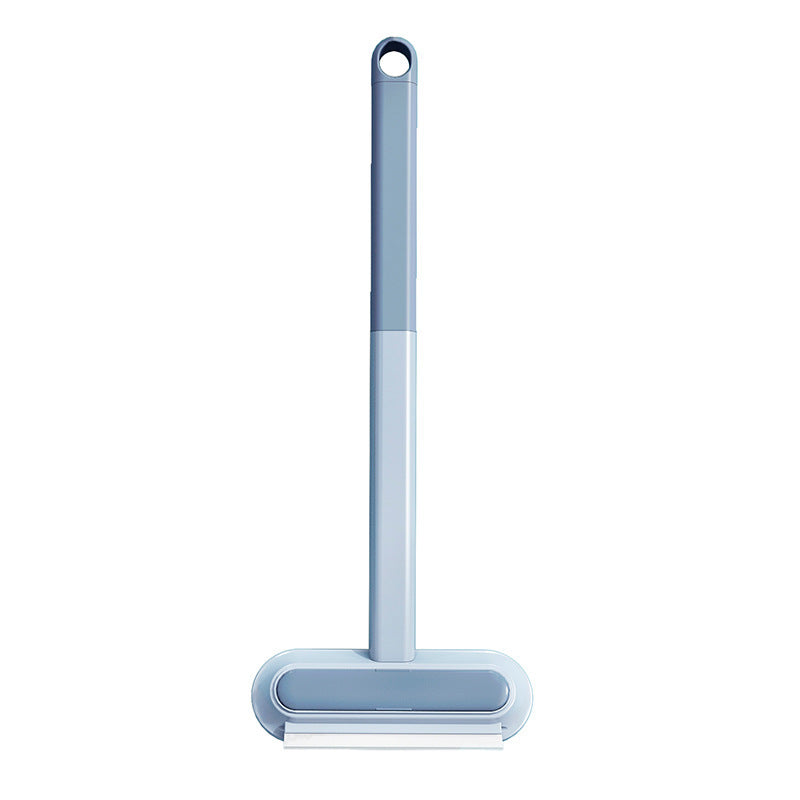Over 70% of cats develop dental disease by age three, making oral hygiene one of the most overlooked aspects of feline healthcare.
Poor dental health doesn't just affect the mouth—it can lead to pain, difficulty eating, and serious infections that impact the heart, liver, and kidneys.
Establishing good dental care routines early prevents painful and expensive problems later in your cat's life.
Common dental problems: Gingivitis, the inflammation of gums, is often the first sign of dental disease, appearing as red, swollen gum lines. Periodontal disease develops when bacteria accumulate below the gum line, causing tissue destruction and tooth loss. Tooth resorption, where the tooth structure breaks down from within, affects up to 75% of cats over five years old and causes significant pain.
Signs of dental disease: Bad breath is often the first noticeable symptom, though many owners dismiss it as normal. Other warning signs include difficulty eating, pawing at the mouth, drooling, yellow or brown tartar buildup, red or bleeding gums, and loose or missing teeth. Cats may also show behavioral changes like irritability or reluctance to eat hard foods.
Home dental care: Daily tooth brushing is the gold standard for preventing dental disease, though many cats require gradual introduction to accept the process. Use only cat-specific toothpaste, as human toothpaste contains ingredients toxic to cats. Dental treats and toys can supplement brushing but shouldn't replace regular oral hygiene practices.
Professional veterinary care: Annual dental examinations allow early detection of problems before they become painful or require expensive treatments. Professional cleanings under anesthesia remove tartar below the gum line and allow thorough examination of all tooth surfaces. Some cats may need dental cleanings every 6-12 months depending on their susceptibility to dental disease.
Australian Veterinary Dental Society and veterinary dental specialists recommend starting dental care early in life and maintaining consistent home care routines. They emphasize that dental disease is preventable with proper care and that ignoring oral health can lead to systemic health problems affecting overall quality of life.
|
Age Group |
Common Issues |
Prevention Focus |
Professional Care |
|
Kittens (3-6 months) |
Teething, tooth eruption |
Gentle handling, soft foods |
Baseline examination |
|
Young Adults (1-3 years) |
Early tartar formation |
Daily brushing, dental treats |
Annual cleanings as needed |
|
Adults (3-7 years) |
Gingivitis, tartar buildup |
Consistent home care routine |
Annual dental examinations |
|
Seniors (7+ years) |
Advanced dental disease, tooth loss |
Pain management, adapted diets |
Bi-annual examinations, frequent cleanings |
Step-by-Step Guide: Introducing Tooth Brushing
- Let your cat smell and taste cat toothpaste
- Gently lift lips to examine teeth without brushing
- Reward with treats and praise for cooperation
- Keep sessions short (30 seconds) and positive
- Put small amount of toothpaste on clean finger
- Gently rub front teeth and gums
- Focus on outer surfaces initially
- Gradually increase contact time
- Let cat smell and investigate toothbrush
- Apply toothpaste to soft-bristled cat toothbrush
- Brush a few front teeth gently
- Reward immediately after brief session
- Brush all accessible teeth using circular motions
- Focus on gum line where bacteria accumulate
- Aim for 30-60 seconds total brushing time
- Establish daily routine at consistent time


















































































